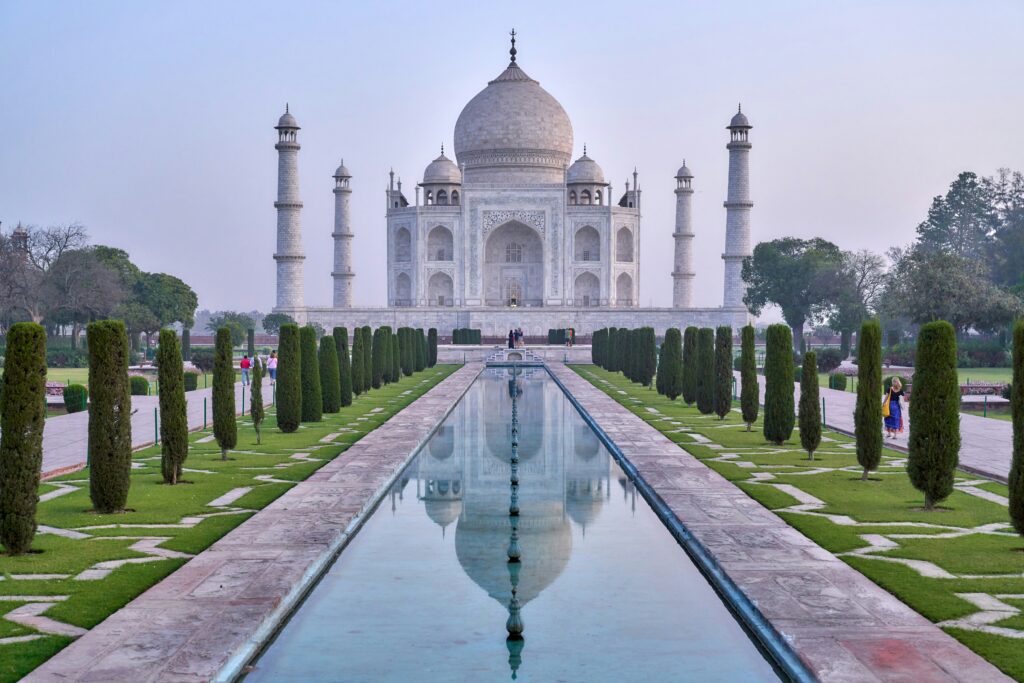
What India’s New Elite Hangouts Tell You About Future Investment Trends
by Michael Lamonaca 20 July 2025
Ever wonder if there’s more to understanding market trends than just crunching numbers? Sometimes, the most insightful investment signals come from observing societal shifts and cultural changes. A fascinating example is playing out right now in India, where the elite are ditching their old-school havens for a new kind of exclusive club. This isn’t just about lavish lifestyles; it’s a powerful indicator of economic transformation and emerging investment opportunities.
For generations, India’s most powerful and privileged have gathered in historic, “Raj-era” private clubs and gymkhanas. These were the places where the “old money”—tycoons, bureaucrats, and former royals—mingled, forged connections, and even sealed business deals amidst an air of dark mahogany and rigid traditions. These exclusive enclaves, steeped in colonial charm, represented the established order. Yet, in a rapidly evolving India, these once-pinnacle social spaces are starting to feel like relics of a bygone era.
The New Face of Indian Wealth: A Goldmine for Investors?
India, as Asia’s third-largest economy, is now a hotbed for a new breed of wealth creators. These aren’t necessarily people born into immense riches; they’re the self-made entrepreneurs, the tech innovators, and the high-flying corporate leaders. And this new elite is seeking out spaces that reflect their modern, less formal approach to business and life.
This is where contemporary members-only clubs, like the globally recognized Soho House, are stepping in. Soho House, which originated in London as a more relaxed alternative to traditional gentlemen’s clubs, has found fertile ground in India. Its first Mumbai outpost on Juhu Beach is incredibly successful, with plans for two more in Delhi and South Mumbai. This isn’t just a leisure trend; it’s a direct response to India’s flourishing tech-driven economy and the “nouveau riche” it’s birthing.
Why This Social Shift Matters for Your Portfolio
You might be asking, “How does where the rich hang out affect my share investments?” The answer lies in understanding what this trend signifies:
- Spotting Emerging Market Segments: The booming demand for these new clubs signals the rise of a new consumer demographic with distinct preferences. For investors, this highlights burgeoning sectors catering to this modern elite – from luxury hospitality and premium lifestyle brands to high-end services and even the evolution of urban development.
- Indicators of Economic Growth: The fact that a market for new, exclusive social spaces is thriving suggests robust wealth creation and increasing disposable income among a specific segment of the population. This points to underlying economic strength and dynamism that savvy investors should explore.
- The “Meritocracy” Investment Angle: Unlike the old clubs where family legacy dictated entry, places like Soho House prioritize personal accomplishment and future potential for membership. This cultural shift towards a merit-based elite often aligns with a more innovative and growth-oriented economy. Companies that thrive in such environments (think tech, startups, creative industries) could be ripe for investment.
- Supply-Demand Dynamics Beyond Products: Beyond products and services, this also illustrates classic supply-demand principles. Traditional clubs have multi-year waiting lists, creating a massive unmet need for exclusive spaces for the “new crop of self-made businessmen, creative geniuses and high-flying corporate honchos.” This demand has spurred the entry of over two dozen new clubs, with more on the way, showcasing a lucrative market opportunity for those investing in hospitality, real estate, and lifestyle ventures.
- Luxury Market Boom: According to Axon Developers, the market for these new members-only clubs is growing at nearly 10% annually, accelerated by factors like the pandemic, where the wealthy sought private spaces. This trend is part of India’s broader luxury market boom, even as general consumer demand might be tepid for everyday goods. It shows where significant capital is being spent and where future growth might be concentrated.
Connecting the Dots for Smarter Decisions
While a Soho House membership costs a significant sum, making it a “sanctum of modern luxury” still largely out of reach for the average Indian, the story it tells is invaluable. It reflects India’s post-liberalisation growth, where economic expansion has disproportionately benefited the rich, leading to a burgeoning class of high-net-worth individuals. With India’s 797,000 high-net-worth individuals projected to double in just a few years, understanding their evolving preferences provides a unique lens into where the next wave of wealth is being created and spent.
Observing these kinds of social shifts allows you to look beyond standard financial reports and identify macroeconomic trends and emerging consumer behaviors that can significantly influence market performance. It’s about developing a holistic view of the economy to make more informed and strategic investment decisions.
Ready to truly experience ‘Il Dolce far Niente’ in your investing – where deeper knowledge leads to more serene and confident decisions? Explore our other guides on identifying key economic indicators and understanding consumer behavior analysis to deepen your investment knowledge and make market insights feel effortless! Sources